In contrast, US equities valuations are ‘eye-wateringly high’.


In contrast, US equities valuations are ‘eye-wateringly high’.
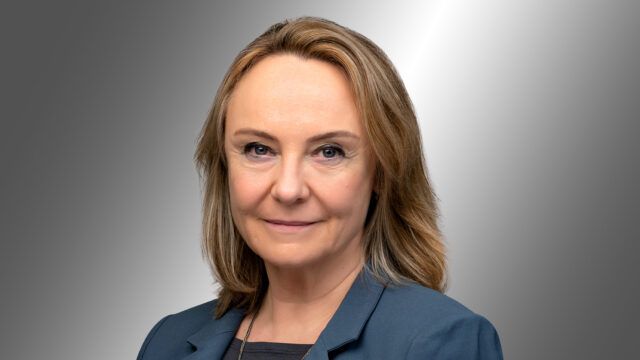
AllianzGI Global CIO Equity Virginie Maisonneuve says investors who shun China are missing a potential rebound.

Abrdn’s head of Asian credit, Henry Loh, explains why he eschews a strict separation between investment grade and high yield.
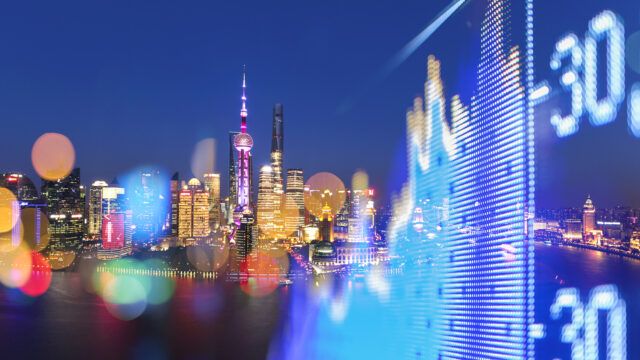
After being dubbed ‘uninvestable’ by some observers just a few short months ago, the asset class seems to be gaining some traction again.

Active equity managers can generate alpha and unconstrained bond strategies offer flexibility during uncertainty, says Pictet WM’s Asia head of managed solutions.
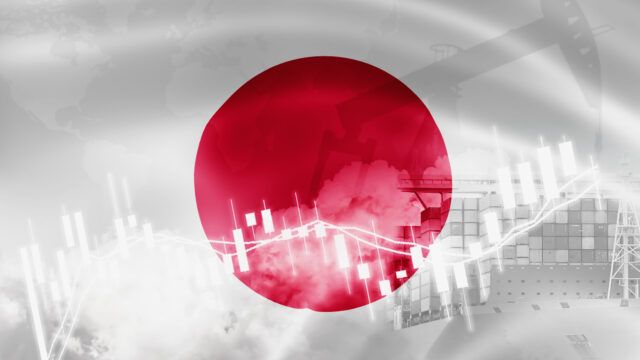
BlackRock’s Yue Bamba tells FSA why he thinks it’s not too late to take a position in Japanese equities.

Michael Krautzberger will succeeding Franck Dixmier as Global chief investment officer for the European headquartered asset manager.
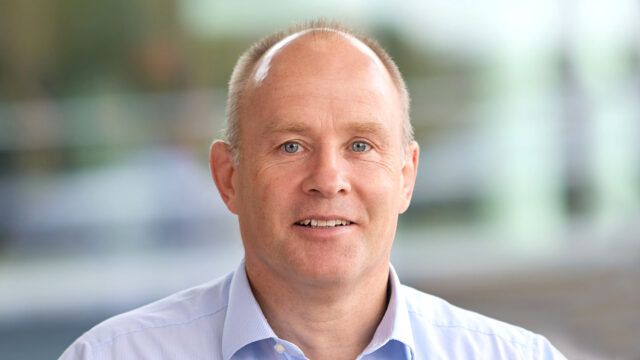
Baillie Gifford’s David Henderson explains why the growth manager is just getting started in the region as it gets approval for the new office.
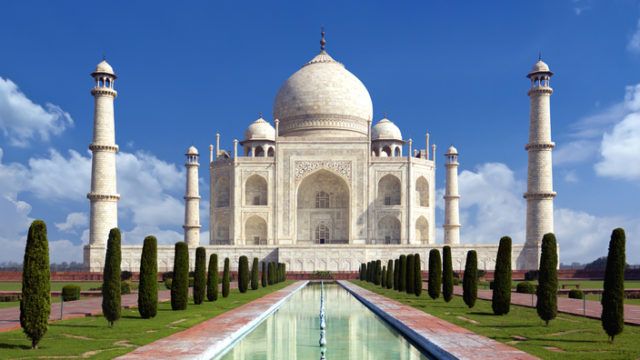
Modi’s diminished majority raises questions but global asset managers remain bullish on India despite the election result.
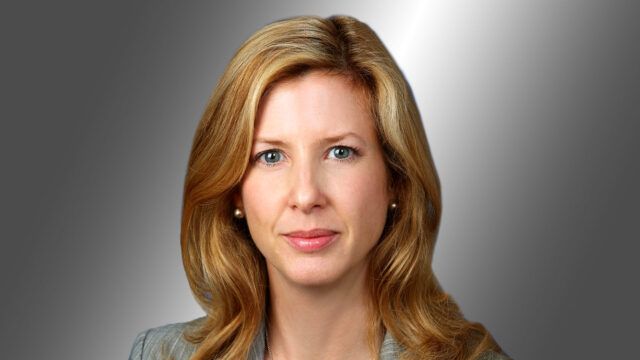
Investors need to retain flexibility to respond as clearer signals develop, says SSGA’s Apac head of investment strategy.
Part of the Mark Allen Group.
